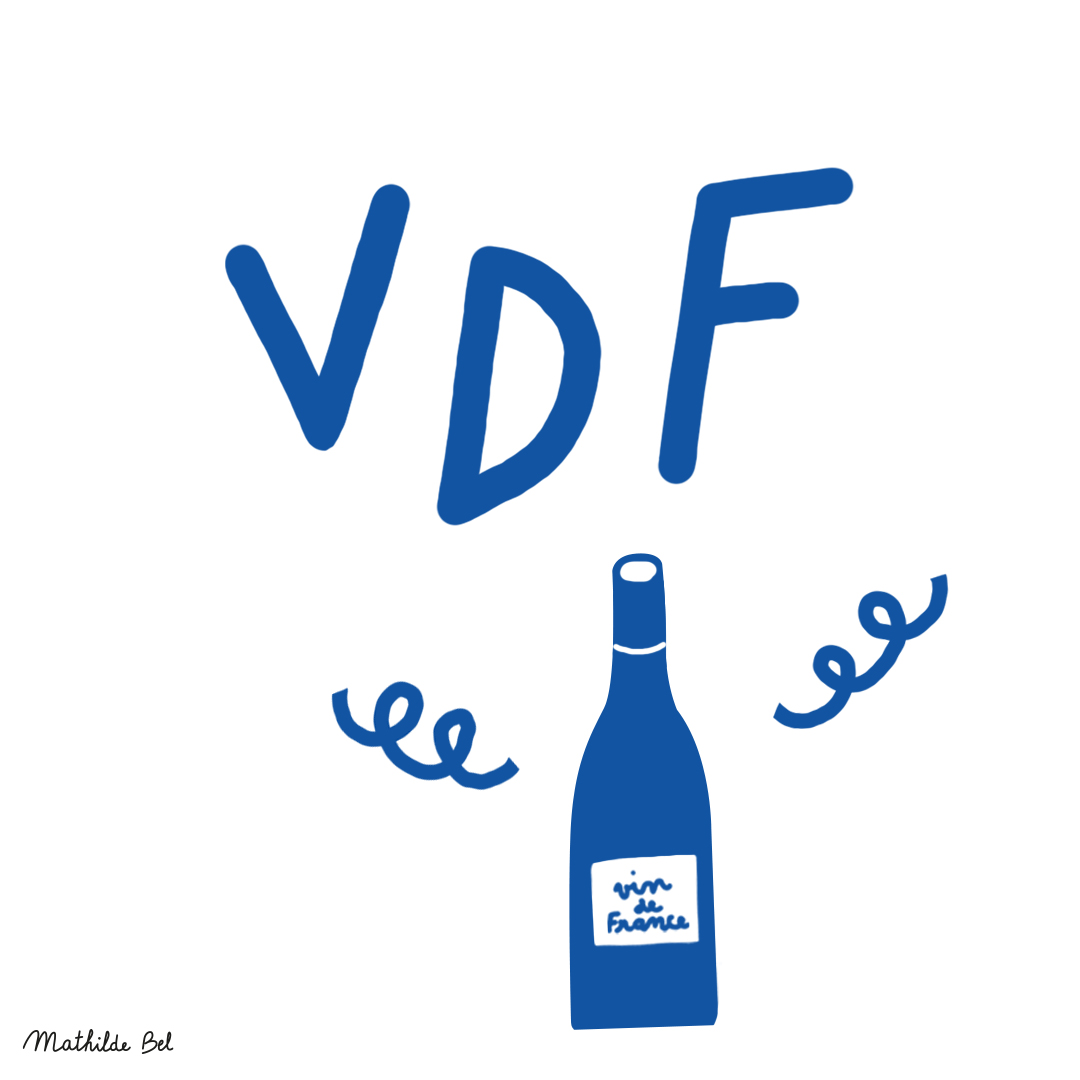Mourvèdre de France
Wines color
Taste profile
Sweetness
Body
Acidity
Tannins
Alcohol
Table of contents
Medal winners
Encyclopedia
Origin
Of Spanish origin - and more precisely Catalan origin - in the Middle Ages, Mourvèdre migrated to the coasts of France where it found a similar climate.
Aromas
Young wines made from Mourvèdre are characterized by pepper and black fruit (blackcurrant and blackberry) aromas with hints of garrigue plants or laurel. After several years, these wines generally comes into their own, with a fuller, more pleasant structure and a rich range of flavors. We can then taste hints of truffle, leather, stewed fruits (prune, blackberry and blueberry), as well as lovely notes of wild game and spices.
Wines profile
Mourvèdre is used to obtain very colorful, extremely high quality wines that are aromatic, tannic and well structured, excellent for maturing and ageing in wood barrels if the grapes are ripe enough (12 degrees natural minimum) and yields are limited. These are ample wines with great finesse, especially when aged, generally after five years. At this point, they become deliciously complex.
Cultivation areas
Mourvèdre is a distinctly southern variety, and is grown exclusively on the Mediterranean littoral, from Perpignan to Fréjus. It needs sunlight and heat, in particular during its long ripening period. Further away from the coast, this variety may not ripen in cool years. Mourvèdre is considered as an “improver” variety, which explains why it has been increasingly planted since the 1970s, during the various reorganizations of France’s vineyards, for example in the southwestern Mediterranean area.
Precocity
A late budding and ripening variety, Mourvèdre buds 13 days after Chasselas (the benchmark). It reaches full ripeness 4 1/2 weeks after Chasselas, making it a Period III grape variety.
Vigor
Rather vigorous, Mourvèdre is above all a demanding grape variety that is not easy to grow. With its upright growth and acrotonic pattern – the highest shoots are also the longest - it must be pruned short. Cordon pruning with slight training or sufficiently open head pruning is recommended. With Mourvèdre, the leaves - few in number and moderately effective - must be kept: summertime trimming must be avoided. The presence of grappillons - small unproductive grape bunches of varying sizes - must also be curbed. These grappillons prove to be bothersome competition for the main grape bunches. As well, production per vine stock must be low enough to avoid any risk of exhaustion. This variety sometimes shows a certain inconsistency, with more or less fertile years, which is quite rare in general for grapevines as compared to other species such as fruit trees. Mourvèdre is something of a diva.
Soils
Mourvèdre is also very picky in this area. It requires calcareous soils that are deep enough with sufficient clay content to give it coolness and enable a limited but regular water supply. Its potassium and magnesium (K/Mg) must also be balanced, as it is prone to deficiencies of these two nutrients, which disturbs its metabolism and production.
Climat
The main limiting factor for growing this late-cycle grape variety is the temperature during the ripening period; it must be very high (particularly the minimum nighttime temperature) to enable proper ripening and sufficient accumulation of sugar in the berries. This variety must therefore be limited to the hottest southern regions with the best exposure, such as those near the Mediterranean littoral.
Susceptibility to diseases and pests
Mourvèdre N is susceptible to mites, leafhoppers and Esca. It is, however, generally not susceptible to gray mold and resists well against dead arm disease (a wood disease).
Use
Mourvèdre is used only to produce wine.
Descriptive elements
To recognize Mourvèdre, we must look at its shoots, which are upright with red internodes. Its adult leaves are orbicular, and are either whole or with three lobes, with a lyre-shaped or open petiolar sinus. Its teeth are large, and medium length compared to their width at the base, with rectilinear sides. The veins have moderate anthocyanic pigmentation. The blade leaf is flat, and its underside is densely covered with upright and flat-lying hairs. Mourvèdre's clusters are medium to large, and its rounded berries are medium-sized.
Clonal selection in France
The thirteen approved Mourvèdre clones (specifically named Mourvèdre N) are numbers 233, 234, 244, 245, 247, 248, 249, 369, 448, 449, 450, 520 and 1069. A conservatory of more than 100 clones was set up in the vineyards of Bandol (Var) in 2004.



